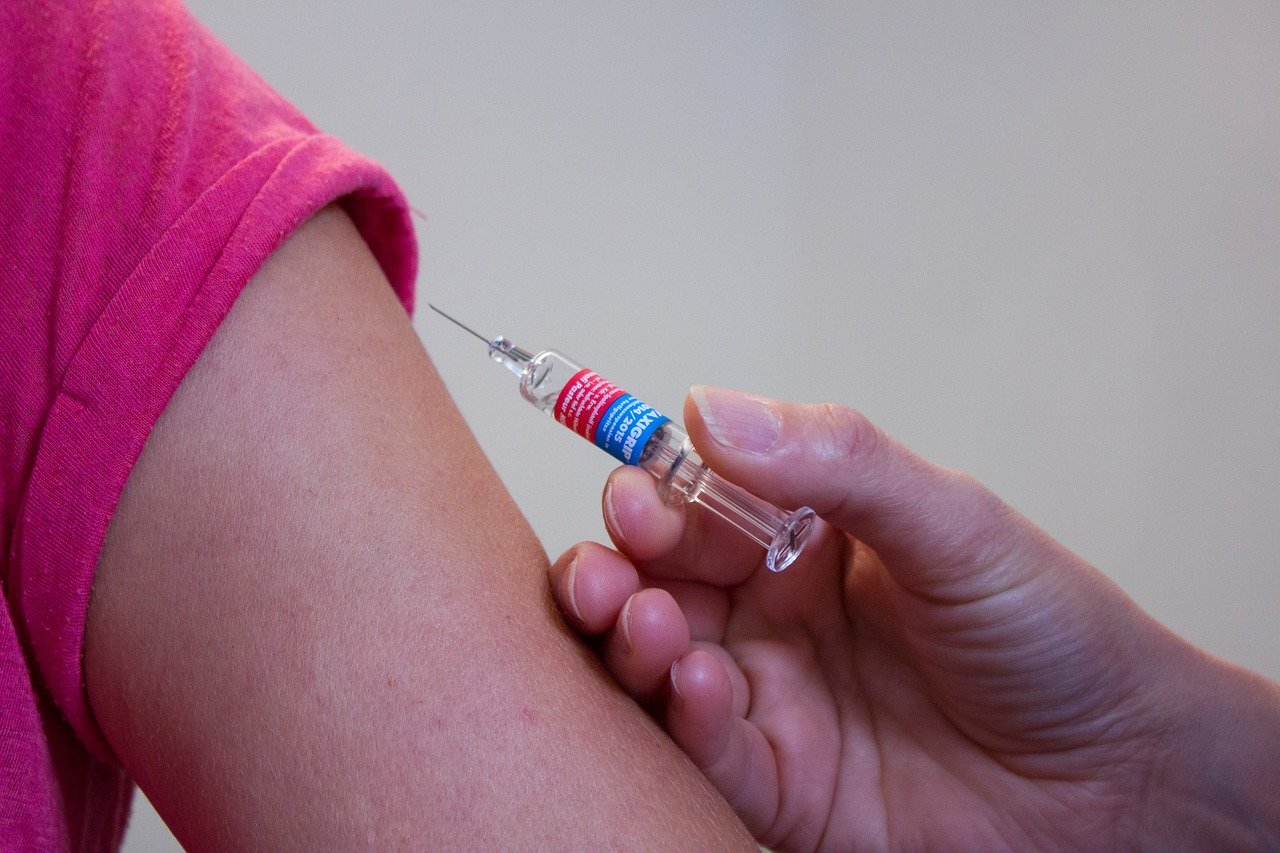
Image by Katja Fuhlert from Pixabay
November 27, 2021 – As states expand COVID-19 vaccination efforts to reach newly eligible children ages 5 to 11, a new KFF analysis highlights several tools state Medicaid programs have at their disposal to increase access to, and take up of, vaccines among lower-income children.
Among the key findings:
- States can request Medicaid administrative federal matching funds for state-funded monetary incentives to encourage uptake of the vaccine. In recent months, several states reported activities and incentives within contracted Medicaid managed care organizations to promote vaccine take-up among Medicaid enrollees, including gift cards for members and provider incentives.
- Federal Medicaid matching funds can be used for community outreach targeting beneficiaries and providers, including disseminating information or materials and providing trainings. Strategies employing trusted and diverse messengers of vaccine information can help with education and outreach to parents and other caregivers.
- Some state Medicaid programs have reported providing assistance with scheduling vaccinations and coordinating transportation to increase access to vaccines, as well as partnering with community-based organizations to provide vaccines where people can easily access them.
Thirty-six percent of children ages 5-11 are covered by Medicaid, including the vast majority of low-income children and a disproportionate share of children of color. In recent KFF polling, low-income parents reported more concerns about accessing the vaccine, such as taking time off work or traveling to a place to receive a vaccine.
For more polling, data and analyses about COVID-19 and vaccination efforts, visit kff.org.
Source: Kaiser Family Foundation
